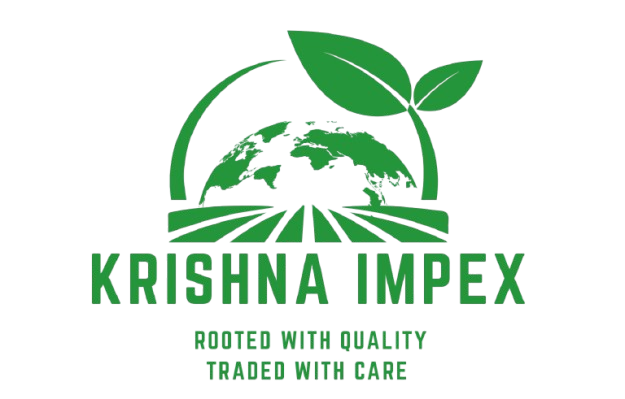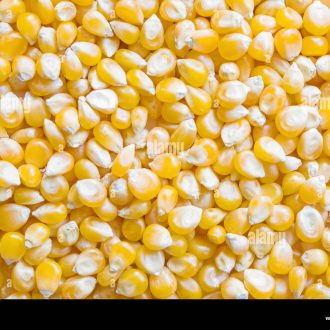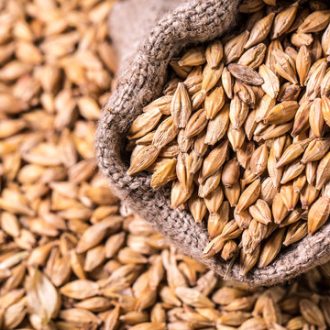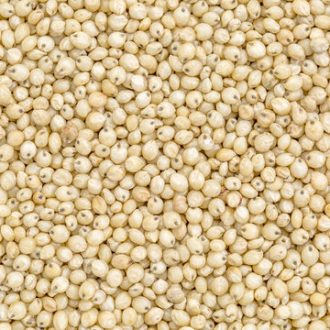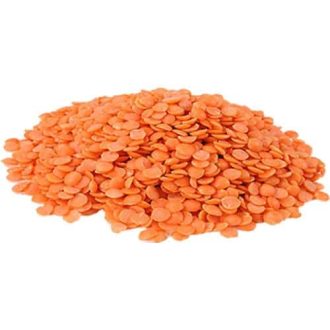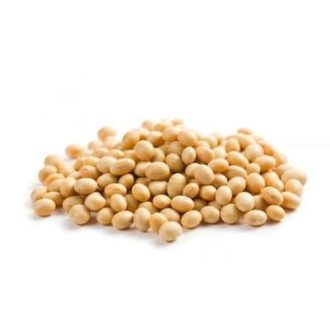Description
Green Millet Specifications Grade Wise
| GREEN MILLET | MACHINE CLEAN | NON M/C | ANIMAL FEED |
|---|---|---|---|
| MOISTURE | 14% | 14% | 14% |
| PROTEIN | 9% | 8% | 8% |
| FOREIGN MATTER | 1% | 2% | 3% |
| BROKEN | 1% | 2% | 3% |
| ENERGY | 300K/CAL | 300K/CAL | 300K/CAL |
| AFLATOXIN | 20PPB MAX | 20PPB MAX | 20PPB MAX |
| SHRUKEN | 2% | 3% | 3% |
| PACKING | 25kg,40kg,50kg bag in PP Bag | ||
| LOADING | 24 MT in 20 FT. Container | ||
Green millet, commonly known as “bajra” in India, is a nutritious and easily digestible grain, rich in starch and amino acids. It is a staple food in many parts of the world, including India, Africa, and the Middle East. Green millet is versatile, used for human consumption in various forms like bread, porridge, and beverages, as well as animal feed.
- High in Starch: Provides a good source of energy.
- Rich in Amino Acids: Important for various bodily functions.
- Versatile: Can be used to make various foods and beverages.
- Gluten-Free: Suitable for individuals with gluten sensitivities.
- Good source of fiber: Supports digestive health.
- Human Consumption: Used in breads, porridges, soups, and even alcoholic beverages.
- Animal Feed: A popular choice for poultry, cattle, birds, and fish.
- Staple Food: Commonly consumed in many regions of India and Africa.
-
Cultivation:Green millet is known for its ability to grow in arid and semi-arid regions, making it a resilient crop.
-
Global Importance:It is one of the oldest cultivated grains, with a long history of use in various cultures.
-
Sustainability:Requires less water to grow than other grains and can be cultivated in less fertile soils.
